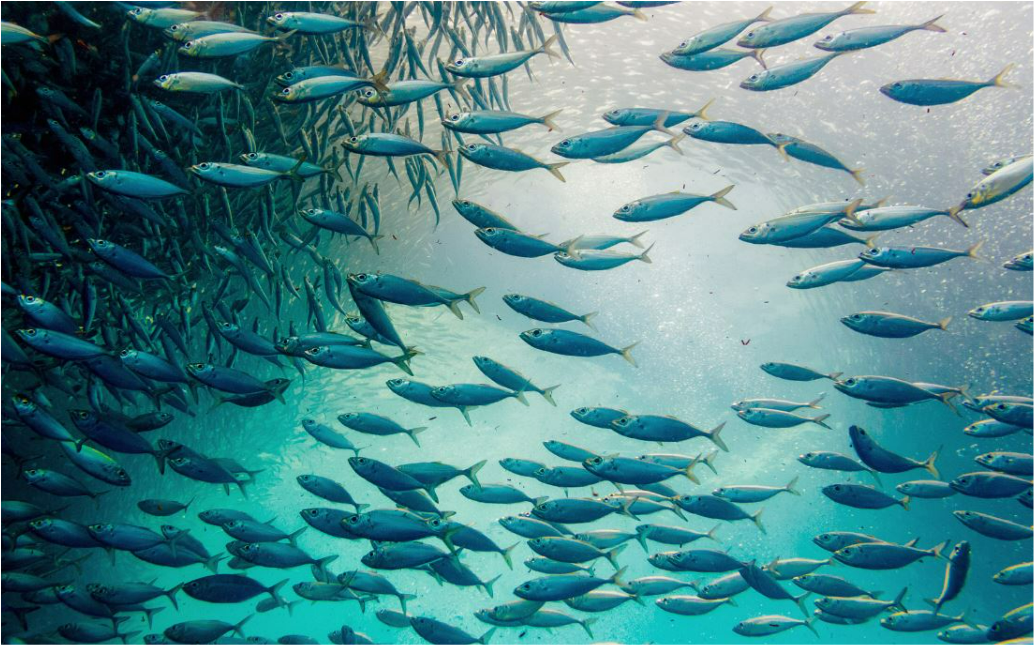
Given the low penetration of insurance products in the fisheries sector, the ‘FAO World Review of Capture Fisheries and Aquaculture 2022’ has recommended that public and private insurance service providers work together to take proactive measures to help India's fisheries and aquaculture insurance market recover.
With the weather being a factor in the fisheries industry, insurance service providers should be encouraged to participate in order to improve the sector's overall competitiveness and efficiency of service delivery.
When occupational hazards to fishers' and fish farmers' lives and property are on the rise as a result of more frequent extreme weather events in recent years, the report takes on greater significance.
Fishermen and aquaculture farmers, on the other hand, are generally unaware of insurance options. In India, fishing vessels, coastal immovable property, and aquaculture units have abysmal insurance coverage. Appropriate extension efforts by government agencies, non-governmental organizations, and aquaculture societies, with appropriate participation from the fishing community, could bridge the gap and facilitate insurance product marketing at the grassroots level.
The report suggested that bundling disaster risk insurance packages with existing micro-credit schemes could be a viable option, given the strong network of micro-finance institutions and self-help groups in coastal areas.
One of the reasons for the low adoption of the fishing vessels and asset insurance in the coastal region, according to Shinoj Parapppurath, senior scientist, ICAR-CMFRI, Kochi, and author of the report's India chapter, is the prohibitive cost of the policies currently available.
Furthermore, there are no options for paying premiums in installments or in a way that corresponds to the patterns of fish landing. Innovative solutions that link premium payments to catch revenues or seasonal incomes, on the other hand, could change the way fishermen think about insurance packages.
Matsyafed in Kerala runs a similar scheme in which the interest on loans is paid back on a daily basis through deductions from fishing revenue. According to the report, such a system can be used to collect insurance premium payments in installments.
The FAO's World Review of Capture Fisheries and Aquaculture 2022 provides a detailed account of the current state of insurance in the world's top ten capture fisheries and aquaculture producers.
The India chapter provides fascinating insights into the state of fisheries/aquaculture insurance, as well as a variety of strategies and options for protecting small-scale fishermen from occupational hazards, particularly those caused by climate change-induced extreme weather events.
Mariculture, as a future source of marine fish, requires insurance coverage as well as long-term viability. New insurance packages covering marine and inland cages, sea farming, brood bank/hatchery units and seaweed farming units should be introduced on a priority basis, the report said.
















